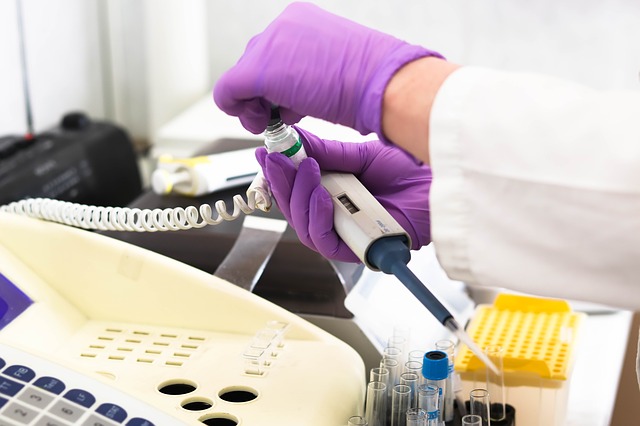Newly published research has identified a potential new treatment for gout.
Gout is a painful condition that has plagued mankind for centuries. Often referred to as “the rich man’s disease”, gout has historically been associated with the more well-off members of society. This association comes from the fact that gout is often caused by a dietary excess of purine-rich foods such as meat and alcohol.
Gout occurs when uric acid levels in the blood are high enough for uric acid crystals to form. These crystals then become lodged in joints, most commonly in the toes, resulting in painful swelling and inflammation of the affected joints.
As a result, treatment of acute gout has usually focused on reducing inflammation and relieving pain, whilst drugs that lower uric acid (allopurinol, febuxostat) have formed the basis of long-term prevention.
However, whilst uric acid and crystallisation is the characteristic step the gout process, the role of the immune system has been better understood in recent years. It is this immune system response that forms the basis of a new study published in Cellular and Molecular Immunology(1).
Uric acid crystals are composed of a salt called monosodium urate (MSU). This compound is known to trigger inflammatory pathways, which result in the activation of immune cells known as macrophages. The rapidly increased presence of cells such as macrophages ultimately leads to painful localised inflammation.
However, whilst we know about the beginning (MSU triggering) and end (macrophage-induced inflammation) of this process, many of the specific steps in between have remained uncertain.
The theory put forward in this study is that MSU crystals result in two regulatory enzymes, interleukin-1 receptor-activated kinase 1 (IRAK1) and tumour growth factor-β -activated kinase 1 (TAK1) being modified. These two enzymes play a critical role in macrophage activation. The study demonstrated that the presence of MSU results in both regulatory enzymes having their activity increased.
Further computer-based analysis of the structural alterations caused by MSU demonstrated that the presence of MSU crystals not only activate TAK1 kinase but help to keep it in a perpetually active state.
Having successfully demonstrated how this process would work, the research team went a step further. Understanding how a disease process works is a key step in understanding how to stop the disease process. Having put forward a new disease process, the research team then examined whether they could stop it.
They successfully demonstrated the ability of an experimental drug, 5Z-7-oxozeaenol, to interrupt MSU-induced production of mediators which cause inflammation. They further tested this drug in mice who had been exposed to MSU-induced paw inflammation. The experimental compound successfully reduced paw-swelling.
This new research represents a promising step towards a new treatment for gout, a condition that affects up to 4% of the adult population in North America (2). The experimental compound tested in this study has many, many hurdles to overcome before it ends up on the shelves of your local pharmacy. There is a very good chance that 5Z-7-oxozeaenol will fall at one of these hurdles. However, the real significance of this study is the new disease mechanism it provides. Even if the first tested compound fails to make it all the way through the drug development process, the target this mechanism provides for drug development should give hope to gout sufferers everywhere.
Written by Michael McCarthy
References:
- Singh AK, Haque M, O’Sullivan K, Chourasia M, Ouseph MM, Ahmed S. Suppression of monosodium urate crystal-induced inflammation by inhibiting TGF-β-activated kinase 1-dependent signaling: role of the ubiquitin proteasome system. Cell Mol Immunol. 2019.
- Kuo CF, Grainge MJ, Zhang W, Doherty M. Global epidemiology of gout: prevalence, incidence and risk factors. Nature reviews Rheumatology. 2015;11(11):649-62.
Image by Belova59 from Pixabay



